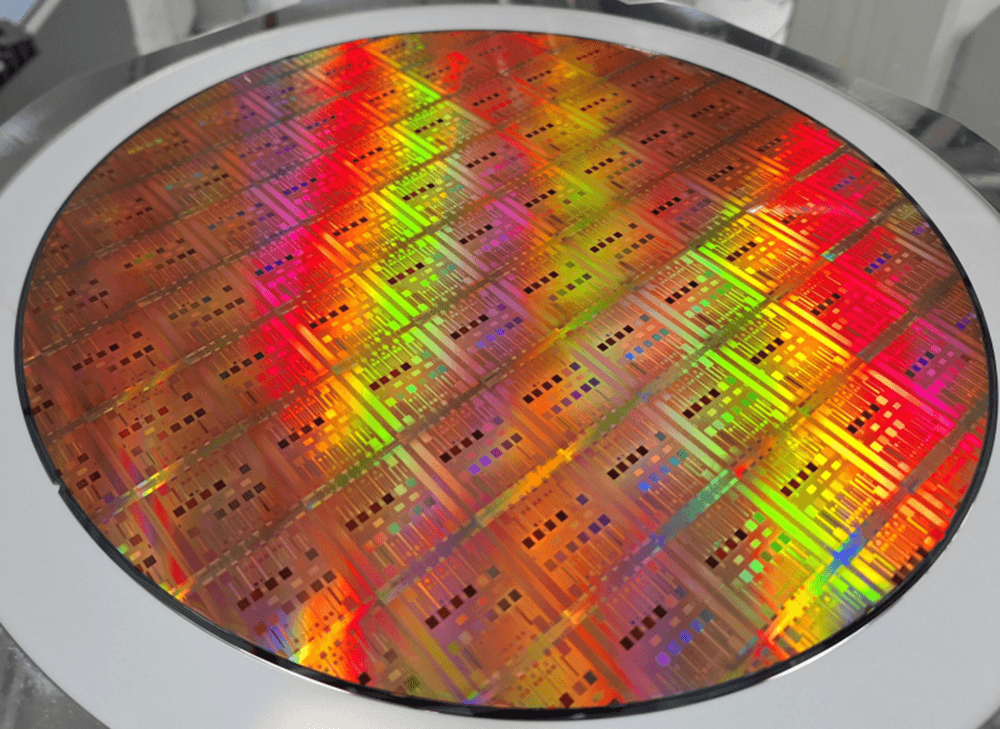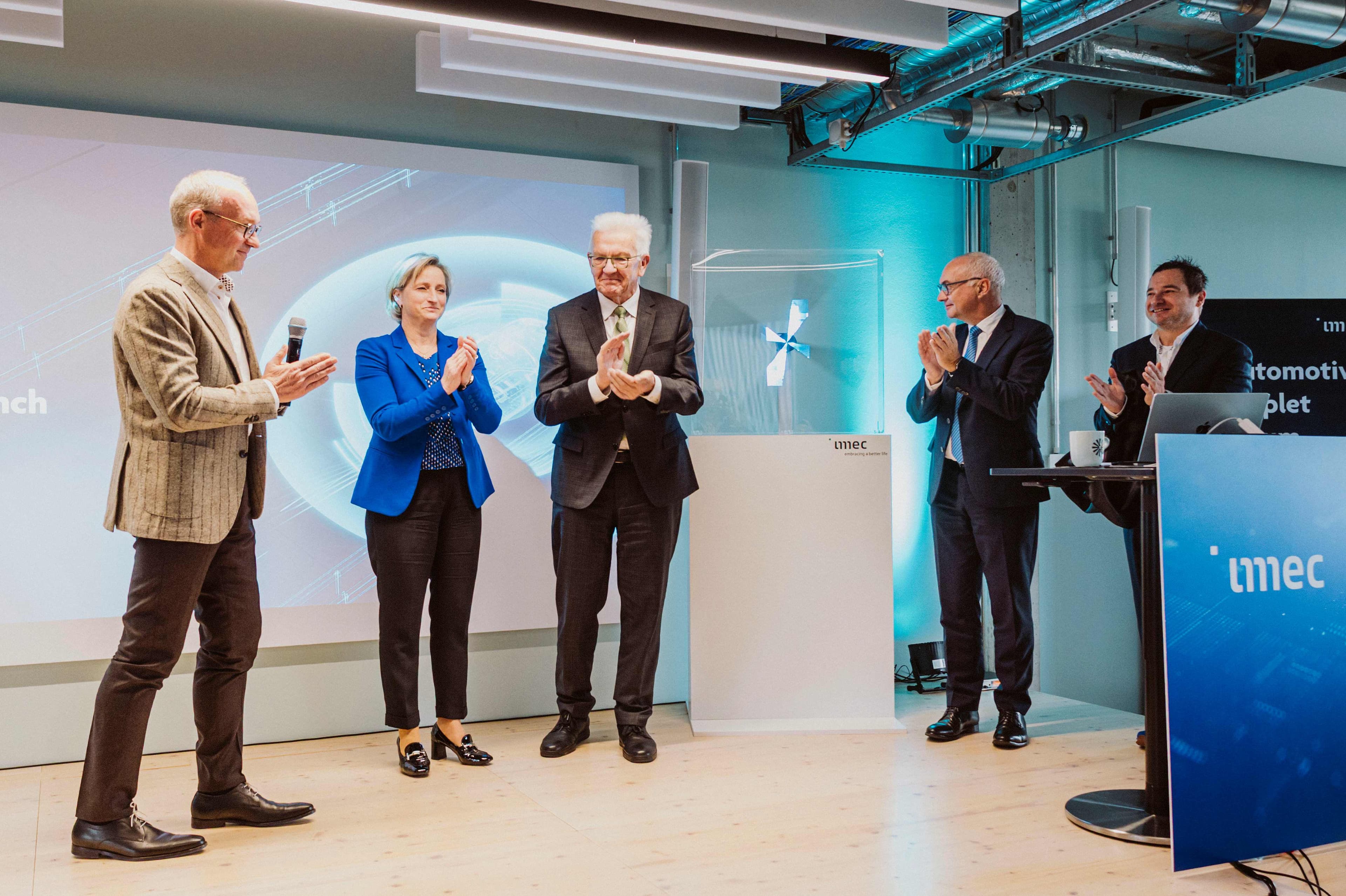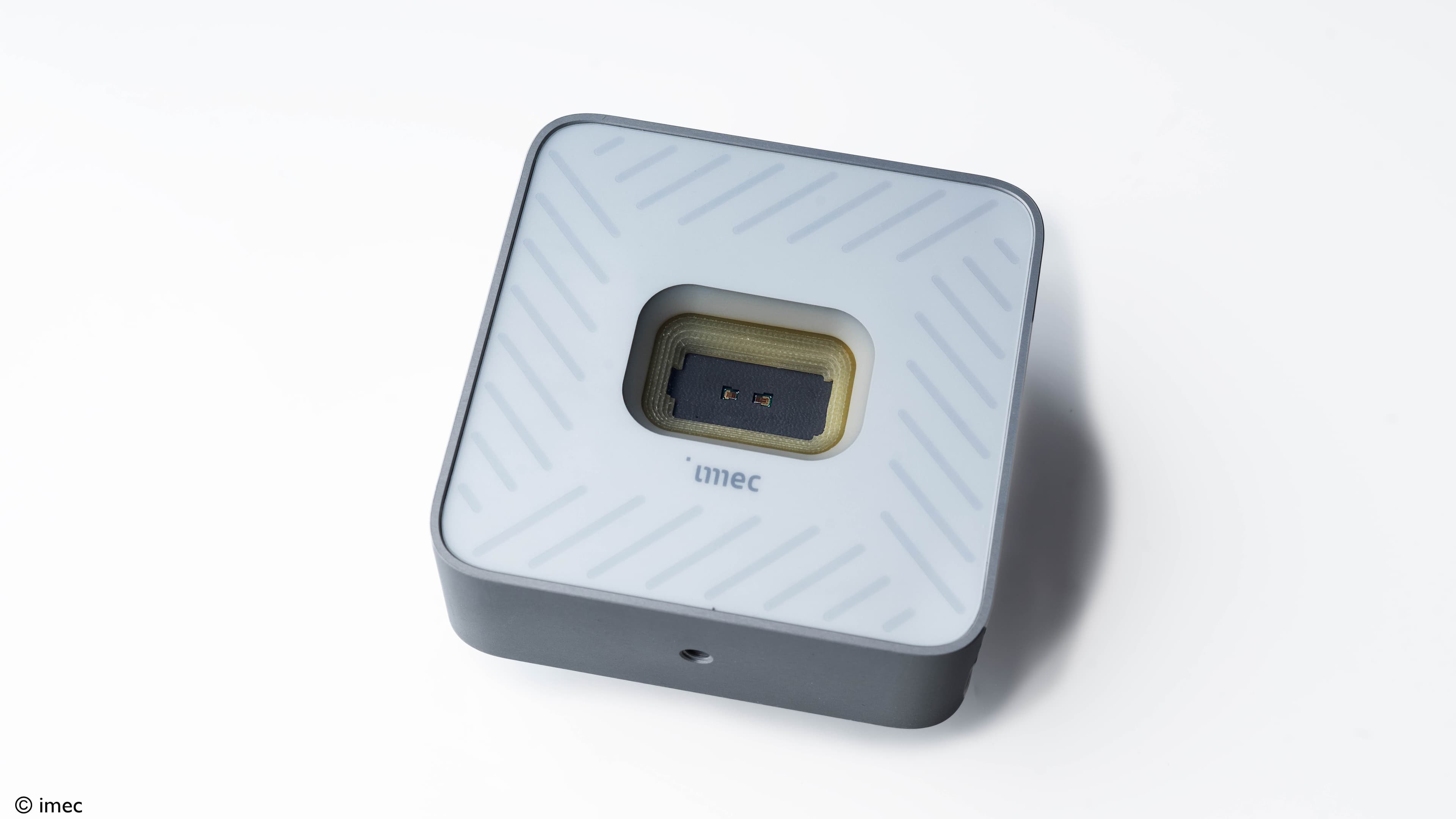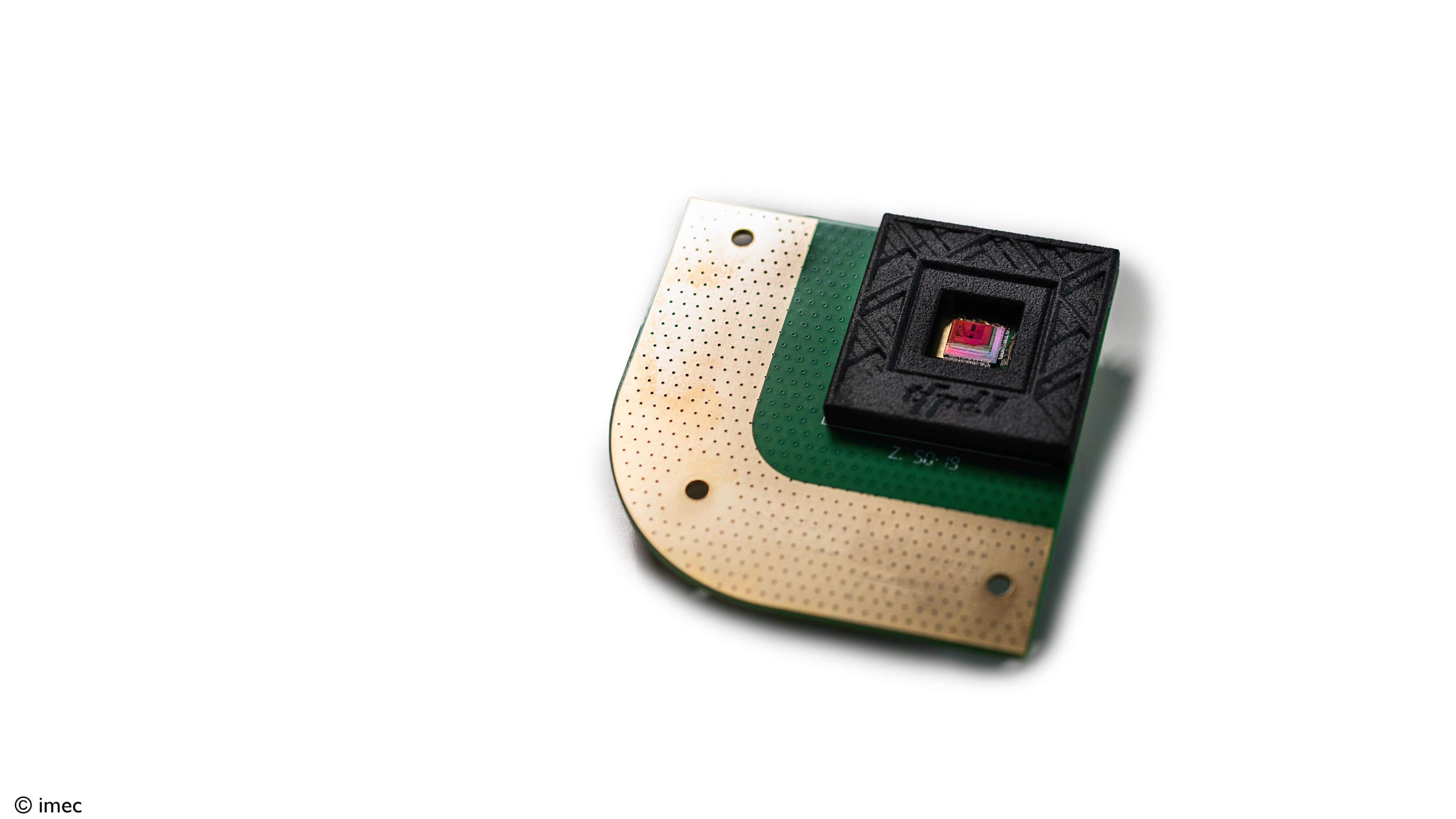
Driver monitoring technology
In order to decrease the number of road casualties, these compact, low-cost technologies can continuously keep an eye on a driver’s attention and health.
Keep your eyes on the road and your hands upon the wheel. That remains a fine rule. But it becomes harder and harder to keep it up.
As next-gen ADAS features release us from a lot of mundane driving tasks, we’re increasingly at risk of falling prey to distracted driving. And the consequences can be as devastating as ever.
Technology for driver monitoring helps by sounding the alarm when it detects signs of drowsiness or distraction. Or even by taking control of the vehicle.
Current driver monitoring solutions make use of cameras and face recognition software. To make them more sensitive and reliable, they can be complemented with technologies such as radar, capacitive sensors and hyperspectral cameras.
That will extend the usefulness of driver monitoring systems. These technologies also have applications such as performing daily health check-ups or detecting when a child is left behind.
As a leading R&D hub in nano- and digital technology, imec is pioneering the research into such accurate, small, low-cost and low-power sensor systems. If you want to speed up the development of your advanced driver monitoring system, feel free to tap into our expertise.
Sensor technologies for driver monitoring
Take a look at the three most promising sensor technologies for driver monitoring: capacitive, radar and hyperspectral.
Capacitive sensors
Capacitive sensors can measure a range of parameters such as proximity, pressure, humidity, fluid level and acceleration.
They’re also relatively easy to cost-effectively integrate in objects, such as car seats – for vital sign monitoring.
So why are capacitive sensors not widely used for driver monitoring yet? Mainly because the quality of their readings deteriorates if someone moves in their seat. But that can increasingly be offset by making use of smart algorithms that compensate for noise and artifacts.
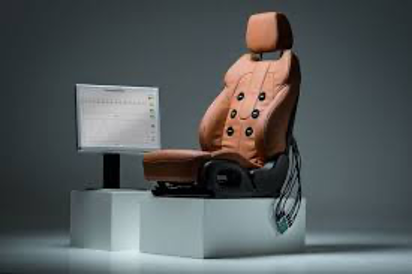
Radar
Radar technology is already well-established for ADAS functionalities. It’s now ready to be used in-cabin, for instance for gesture recognition. But it’s also ideal for driver monitoring – because it can register a person’s heartbeat and breathing rate.
Of course, that module needs to become so small that it can be neatly integrated into a dashboard or car seat. For years, imec has been a pioneer in the development of digital, on-chip radar which is robust, compact and cost-efficient.
For the registration of micro-movements such as heartbeats, both 8 GHz and 140 GHz digital radar modules show a lot of promise. The same is true for 60 GHz radar, which operates in a license-free ISM band.
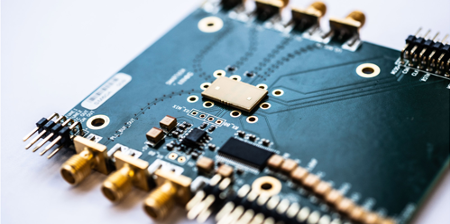
Hyperspectral cameras
Finally, hyperspectral imaging can have a role to play in future systems for driver monitoring. By detecting reflected light in very fine wavelength bands, hyperspectral cameras can measure someone’s heart or respiration rate.
Algorithms and sensor fusion
As you can imagine, a car is a challenging environment for obtaining accurate measurements. Due to movements, vibrations, ... sensor readings tend to come with a lot of artifacts and noise.
To ensure the reliability of your driver monitoring system, rely on imec’s expertise in medical algorithms. And consider combining the readings of various sensor technologies – that can offset each other’s weakness – through sensor fusion.
Work with us on driver monitoring
Want to speed up your R&D? You’re welcome to
- join one of our research programs to evaluate technology options
- license our technological building blocks to use them in your own solutions
- enter into an exclusive bilateral collaboration with imec’s R&D team



